
Visiting The Yazidi Holy Site Of Lalish, Iraqi Kurdistan
Updated December 2023, Visiting The Yazidi Holy Site Of Lalish, Iraqi Kurdistan was originally published in June 2020
I had read about Lalish years prior to my visit, so when I was plotting out my journey through Iraqi Kurdistan after my visit to Iran, I knew that I had to have Lalish on my list.
Lalish is the holiest temple of practitioners of the Yazidi faith. Little is known about the Yazidi, their history, or their traditions, however, upon visiting Lalish I was given a warm welcome and a simple explanation of their beliefs and the importance of Lalish to the faith.
Start planning here: A Quick Guide to Iraqi Kurdistan
Need Travel Insurance and Evacuation Services for Iraq?
Start shopping for travel insurance plans over at IATI Insurance. Readers of the Adventures of Nicole get a 5% discount off your plan.
The Adventures of Nicole partners with Global Rescue to offer the world’s leading medical evacuation and security advisory services. To travel with peace of mind, shop evacuation coverage at Global Rescue.

Who Are The Yazidi?
The Yazidi are an ethnoreligious people indigenous to Iraq, Syria, and Turkey who practice the Yazidi religion. A majority of the Yazidi people speak the Kurmanji dialect of Kurdish, with most currently residing in Ninevah and Dohuk, Iraq. The Yazidi have long been persecuted, from the Ottoman Empire to the most recent large-scale 2014 Yazidi Genocide carried out by the Islamic State.


What Is Yazidism
The History of Yazidism
Yazidism or Sharfadin as it’s called among practitioners is an ancient monotheistic religion that according to the Yazidi dates back 7,000 years, which is subsequently when the universe was created. There is no recorded history of the Yazidi prior to the 12th century, and theories suggest that they may have originated in Yazd, Iran; or that they descended from the Umayyad caliph Yazid ibn Mu’awiya who killed Hussein the son of Ali and after the fall of the Umayyad Caliphate, fled to the Kurdish mountains of Iraq. Yazidism combines elements of Zoroastrianism, Christianity, Islam, Manichaeism, and Gnosticism.
In the 12th century, a man by the name of Sheikh Adi Ibn Musafir left Baghdad and settled in a valley of Northern Iraq (present-day Lalish) and founded the Adawiyya Sufi order. Born in the Beqaa Valley of Lebanon, Adi Ibn Musafir was brought up as a Muslim, learning from Sufi mystics and going on to become a Sufi teacher himself.
After settling in Lalsih, he practiced asceticism and performed miracles, and despite him wanting to live in seclusion the local Kurds living nearby that practiced a mixture of ancient religions were impressed and fascinated by him. These Kurds became his followers, and as time went on he became well known across Iraq and Syria and people began to move to the Lalish Valley.
At this point was when he founded the Adawiyya order. Sheikh Adi died in the mid-12th century, naming his nephew his successor as he had never married or had children. Sheikh Adi is credited as the founder of Yazidism
Sheikh Adi was buried in a tomb in Lalish, topped with three conical cupolas. This is the holiest site in the Yazidi religion and attracts pilgrims and visitors, especially around holy festivals. Visitors must walk into Lalish barefoot, they are not to step on the raised door frame when entering the tomb, and a nightly torchlight procession takes place.
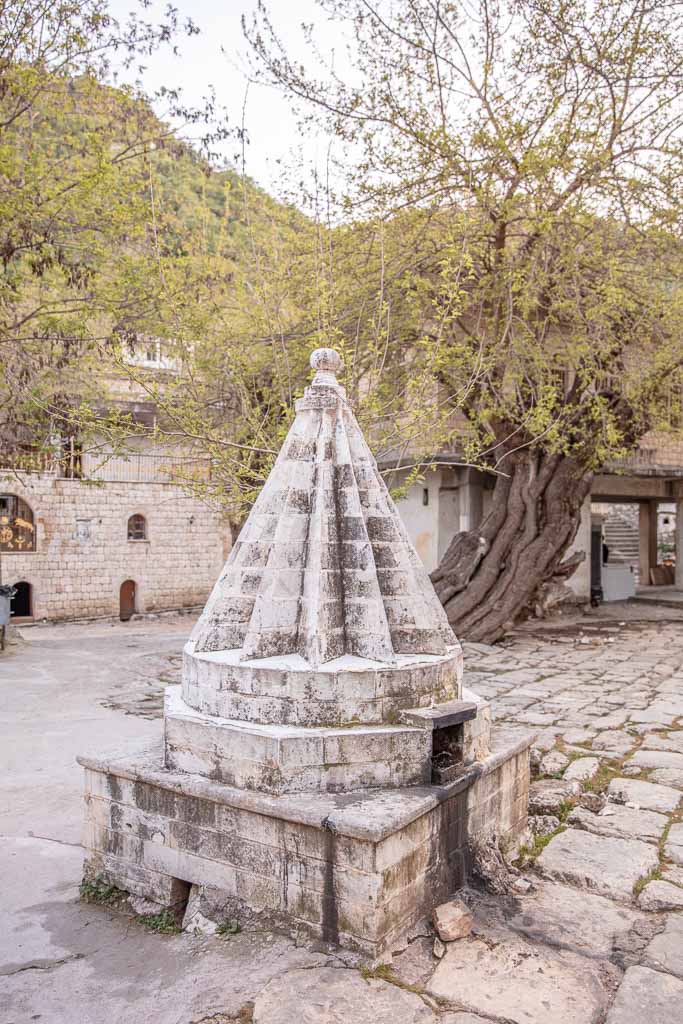
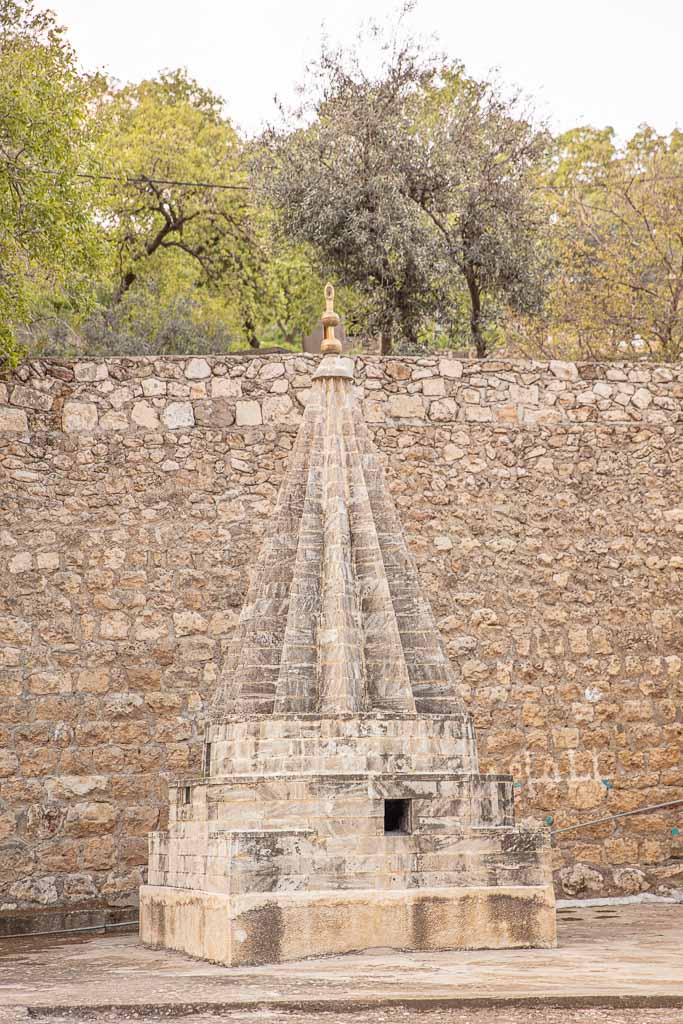
Yazidi Beliefs
Yazidis believe in the existence of one God by the name of Xwedê, their deity, and the creator of the universe. This is similar to other world religions such as Christianity and Islam.
Where Yazisim shifts away from Islam is the idea the God or Xwedê is comprised of a Holy Trinity. The Holy Trinity is made up of Tawusi Melek (the peacock angel), Sheikh Adi who we talked about earlier, and Sultan Ezi, the Umayyad Caliph Yazid ibn Mu’awiya. Tawusi Melek is a manifestation of God, the head of the trinity, and the leader of the Haft Sir (Seven Angels).
The Yazidi believe Tawusi Melek refused to bow to Adam, the first human. This proved to God that Tawusi Melek was devoted to and loyal to God. Muslims relate Tawusi Melek to Iblis and Christians relate him to Satan, who were cast from heaven after refusing to prostrate to Adam in defiance of God.
This has lead to Muslims and Christians equating Yazidism to devil worship as they view Tawusi Melek as and equivalent to Satan and Iblis, a fallen angel, whereas the Yazidi view Tawusi Melek as the leader of the archangels.
Due to this divide, and the view by many that Yazidism is a form of devil worship, the Yazidi have endured over 70 attempted genocides.
Yazidism is also very closed off, not a lot is known about their religion and traditions as they are orally passed down by qewwals, which are of a special caste. Another factor that prevents the religion from spreading is that Yazidis must only marry other Yazidi to maintain their purity and remain a part of the religion. If a Yazidi marries a non-Yazidi they are then barred from the religion. This level of secrecy and guarded faith makes sense as the Yazidi have faced so much persecution over the years and still do even to this day.
Today, Lalish is uninhabited except for by the Emir, the head figure of the Yazidi faith. On arrival in Lalish, you’ll notice many stone homes all around. Nobody lives in them anymore, but they are left unlocked so the pilgrims can seek refuge there on their visit.
Need ideas on where to visit? Check out my 10 day Iraqi Kurdistan itinerary

How To Get To Lalish
As far as I know, you’ll need to arrange your own transport to reach Lalish. Since nobody lives there, there isn’t a need for public transport going back and forth. I had my own transport for the day I visited Alqosh and Lalish, but I have read of travelers hitchhiking there from the intersection of the Duhok road and the road that leads up to Lalish (there’s also a good cafe called Neroj Cafe on this corner that serves up Kurdish fare).
Don’t miss the nearby Chaldean Christian site of Alqosh
Entering Lalish
When you reach Lalish you’ll park in a small lot. There you will need to remove your shoes and leave them in the car before proceeding to the temple barefoot.
As you walk in you’ll see men hanging around, chatting, and skittering their beads around in their hands (you’ll see men of all faiths in Iraqi Kurdistan doing this frequently).
Many times a man by the name of Luqman will find you and give you the grand tour of Lalish, you can also ask around for him. When I visited Lalish he wasn’t around, but another man showed me around Lalish along with my driver.
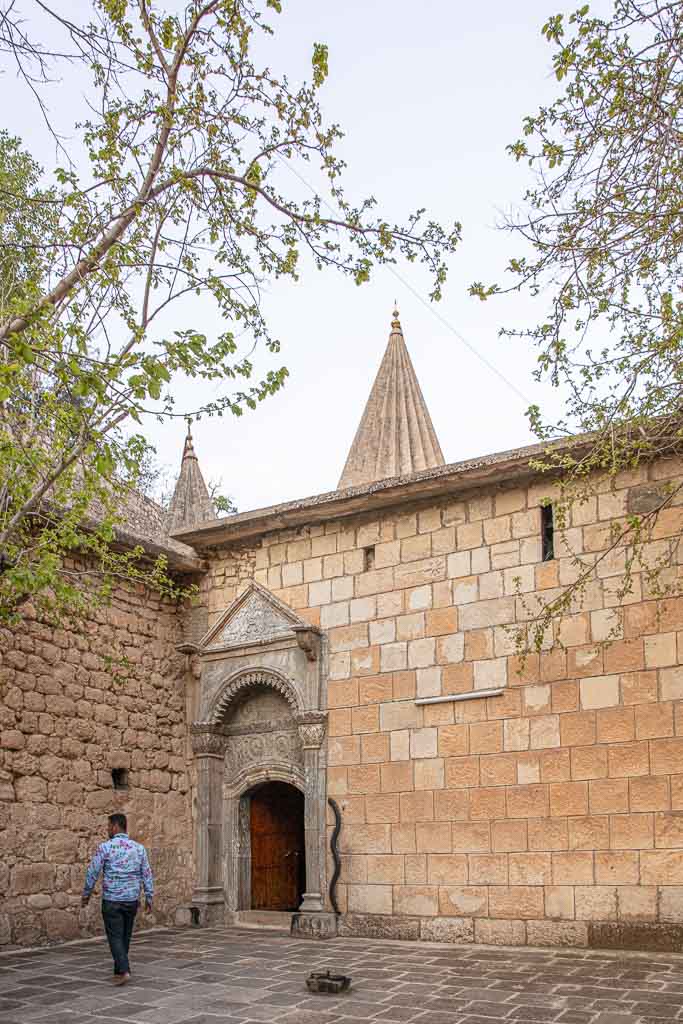
Inside The Tomb Of Sheikh Adi Ibn Musafir
You’ll walk around to enter the Tomb of Sheikh Adi Ibn Musafir. You’ll first enter through the doorway with a raised sill. All doors in Lalish have raised sills and you must step over the sill and never on it.
You’ll continue on into the darkness. Inside you’ll find several caskets covered in silk as you wander further into the tomb. The actual tomb of Sheikh Adi is further in, but outsiders are not allowed to visit.
When pilgrims go to pay respects at the tomb they must do three things when visiting Sheikh Adi. They will need to tie a knot in one of the silk blankets covering his tomb, then untie a different one from which they tied, finally, they must walk around the tomb three times in the counter-clockwise direction. If a pilgrim does this his prayers will be answered.
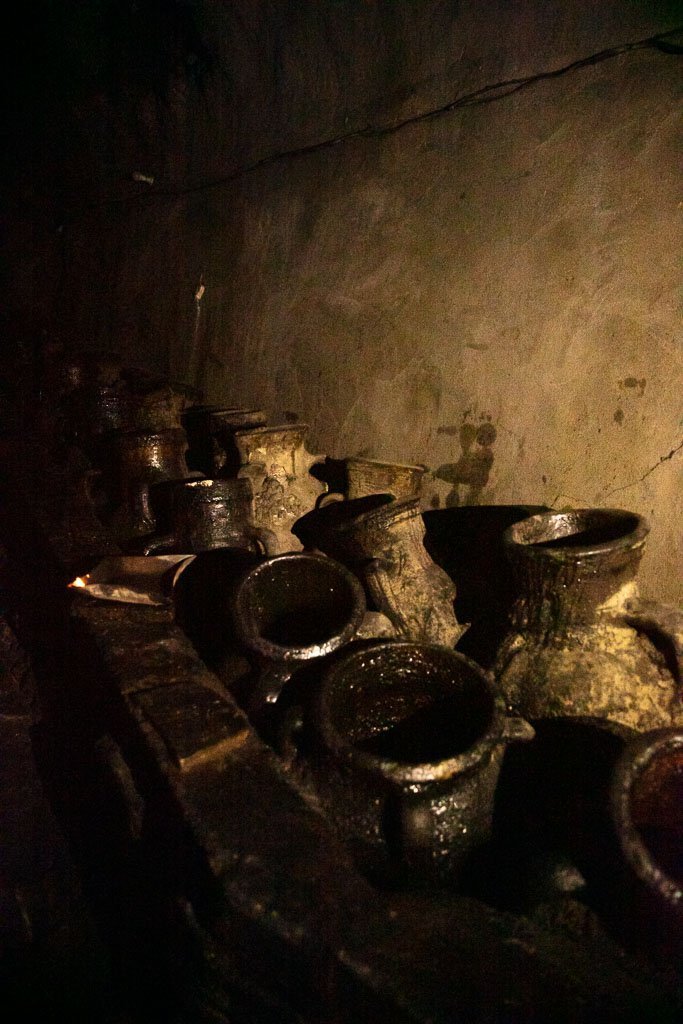
Before we left the tomb I was shown a cavern containing large jars of oil. You want to be careful as the floors in this cavern are very smooth from the oil that gets onto the floor.
It was explained to me that pilgrims who visit Lalish will toss a blanket soaked in the oil onto a ledge while shutting their eyes. If they manage to get the blanket to land on the ledge on all three tosses they will have good luck.
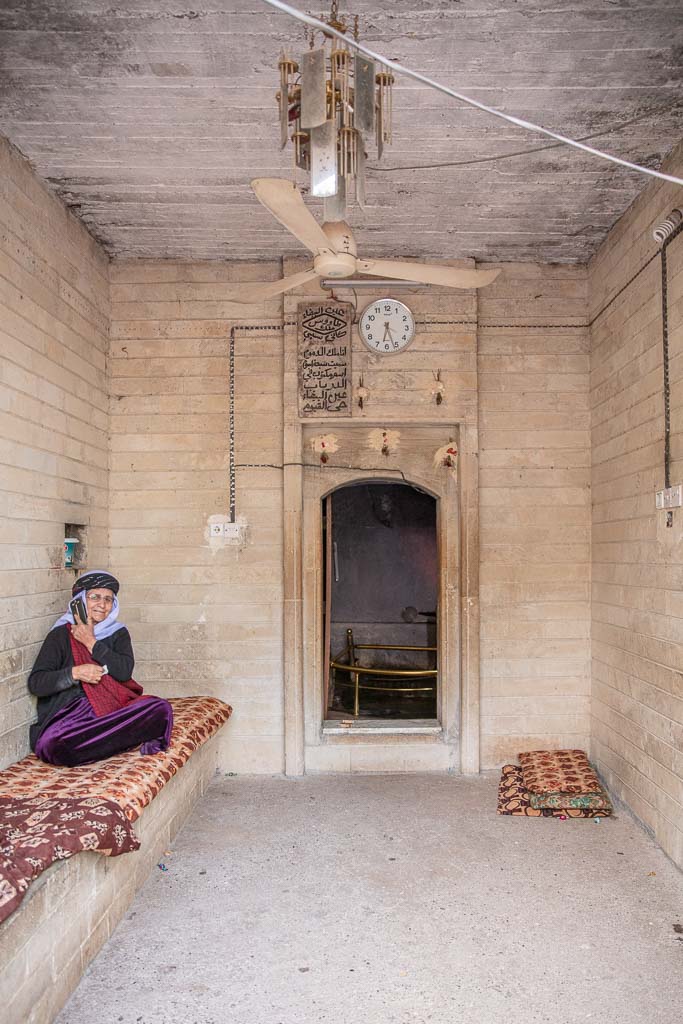
Visiting The Holy White Spring (Kanya Spy)
After we exited the tomb I was next brought to a white stone structure with a roof but open from one side. This is the White Spring, another very holy site to the Yazidi (called Kanya Spy in Kurmanji).
On the wall deep inside there is a passage leading into another chamber. You can hear the flow of the underground spring radiating out of it.
The White Spring serves as a baptismal pool. A Yazidi woman was actually sitting inside chatting on her mobile when I peeked in, it turns out she’s actually there to do a baptism on Yazidi children should it be needed. She smiled and motioned for me to snap her photo as she saw my camera in my hand.
Visiting from Erbil? Plan your visit with my Erbil Travel Guide
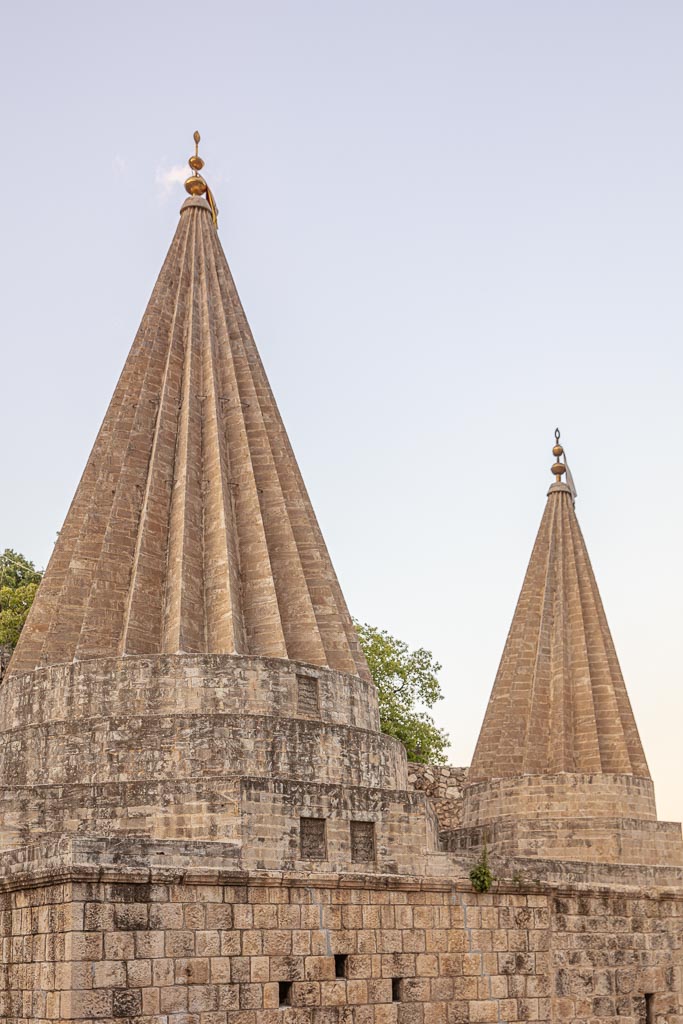
Have Any Questions About Lalish?
I enjoyed my visit to Lalish and would have liked to have stayed longer- I was there for about two hours at sunset. I found the holy town to be fascinating and enjoyed learning more about the Yazidi faith and culture.
If you are headed to Iraqi Kurdistan, Lalish is a must-visit to put on your itinerary, so if you’re in the planning stages for Iraqi Kurdistan I recommend picking up a copy of the Bradt Iraq guidebook. Have any question about Lalish? Ask in the comment section below.
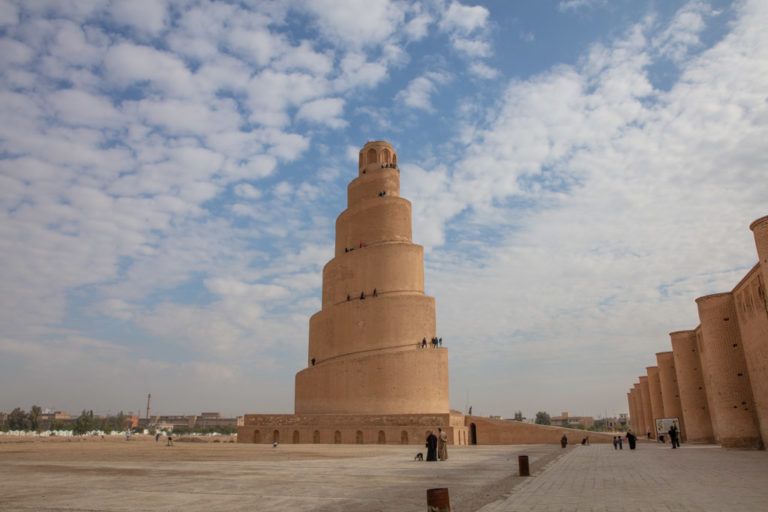
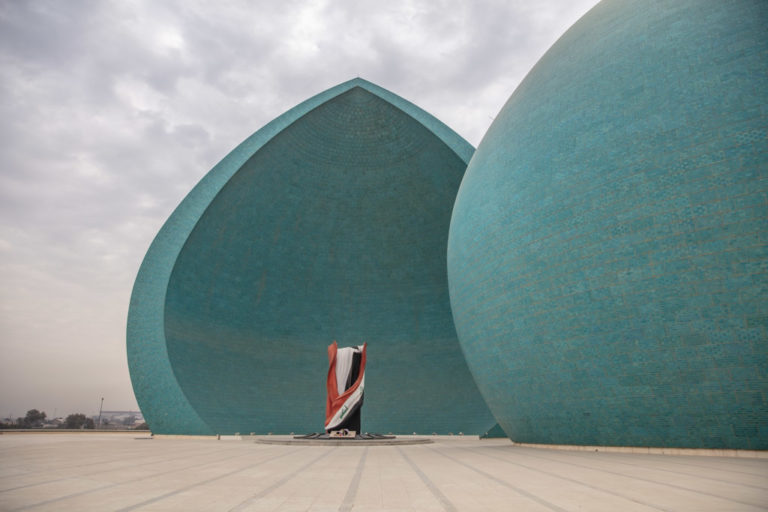

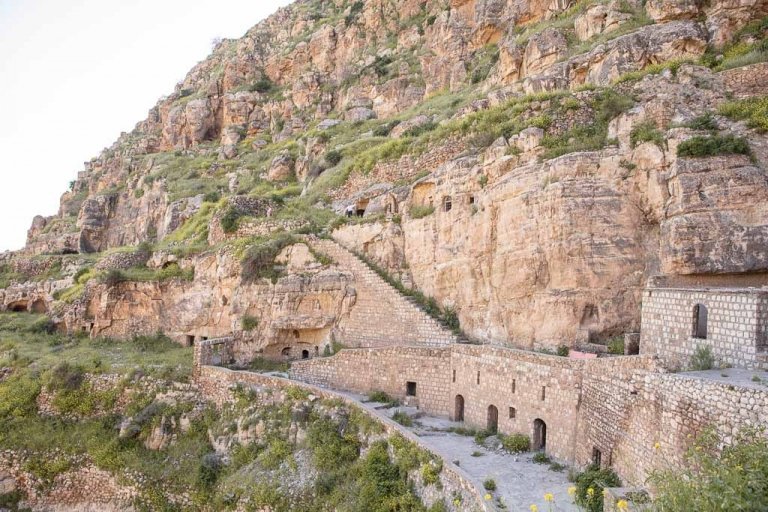

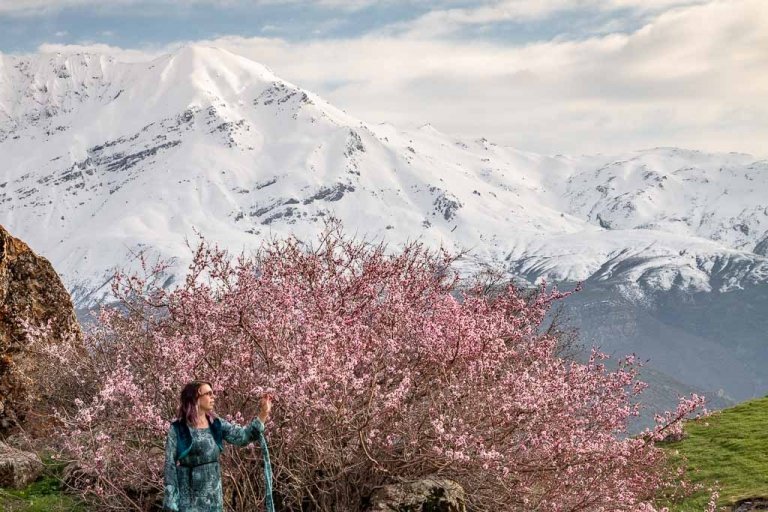
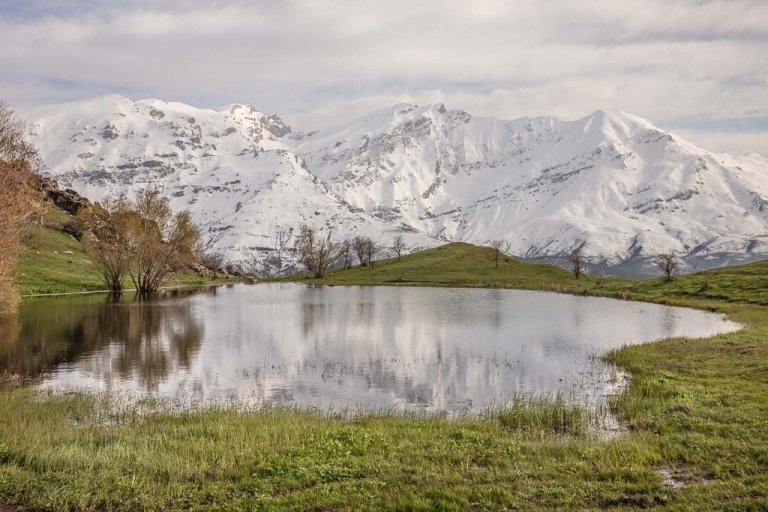
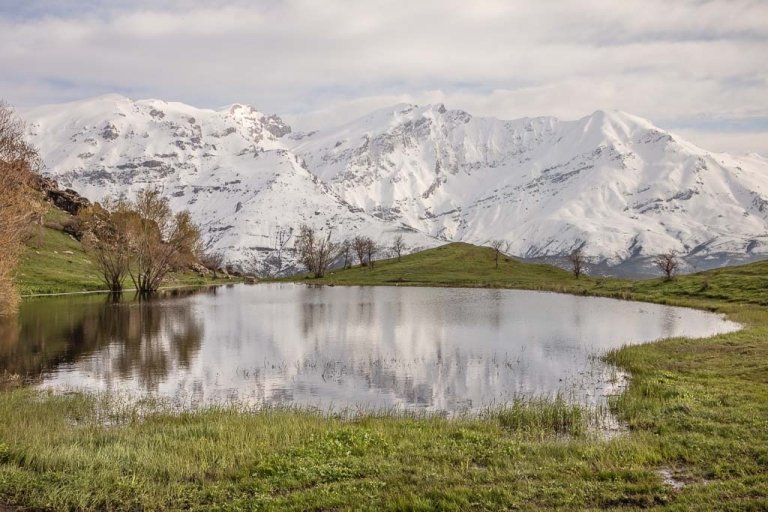
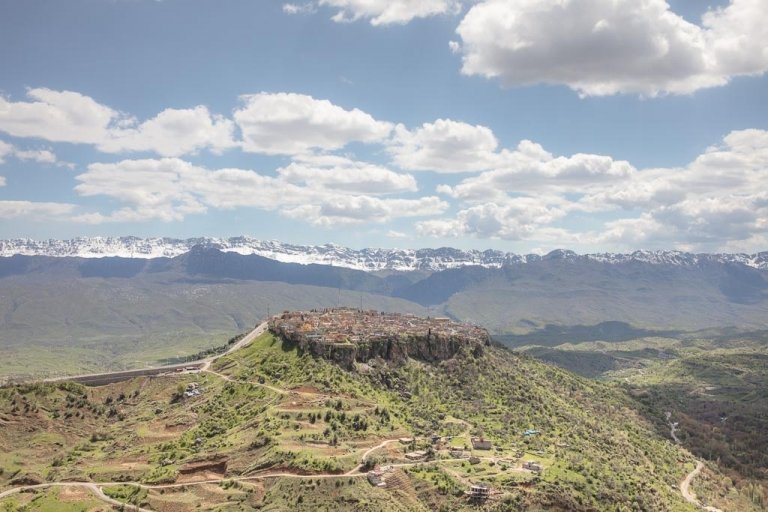
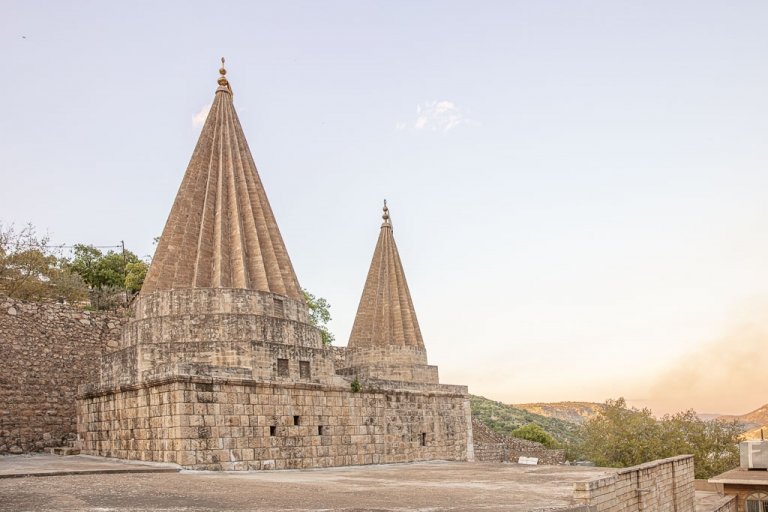
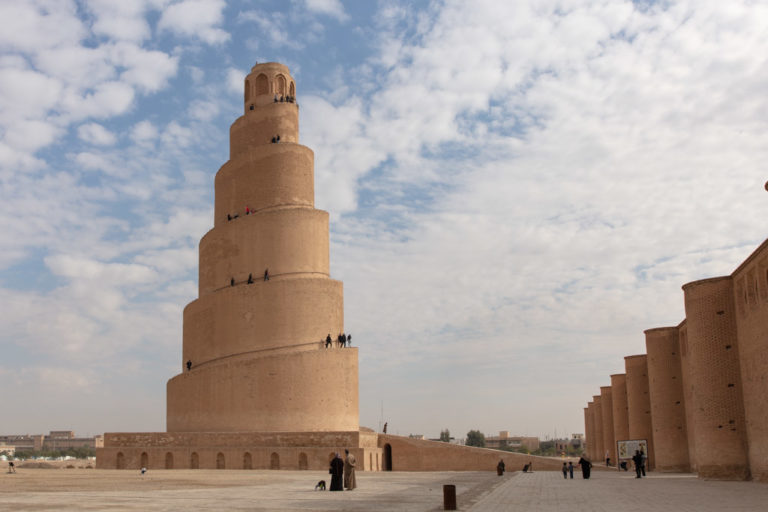
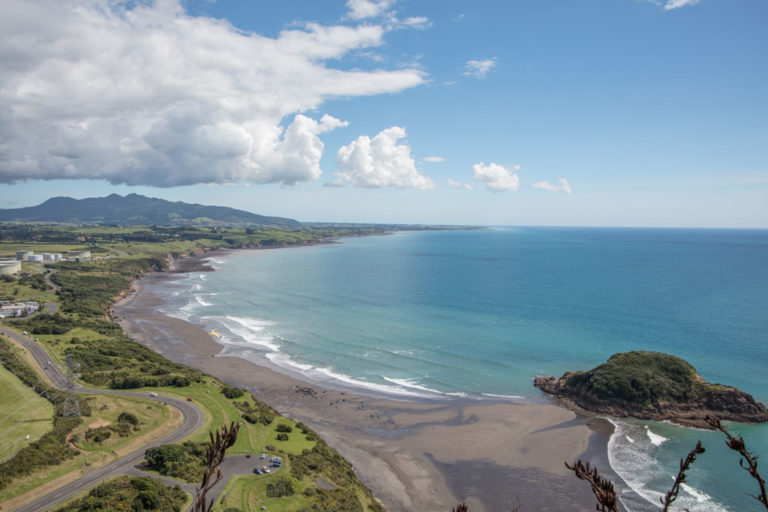


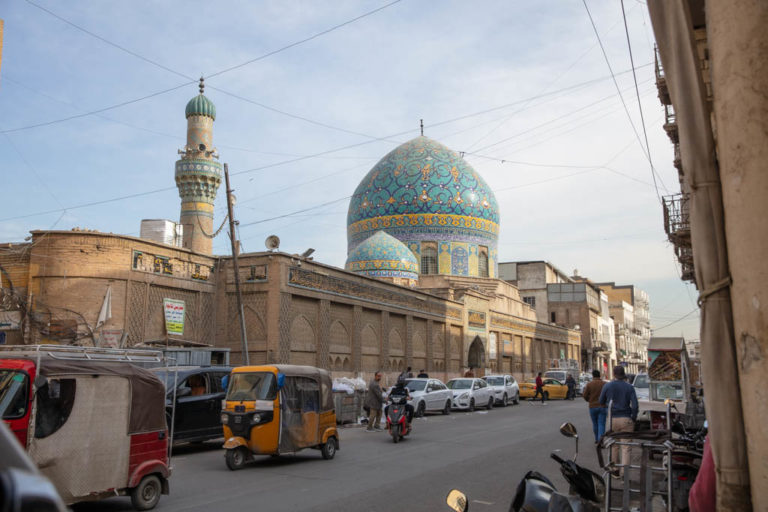
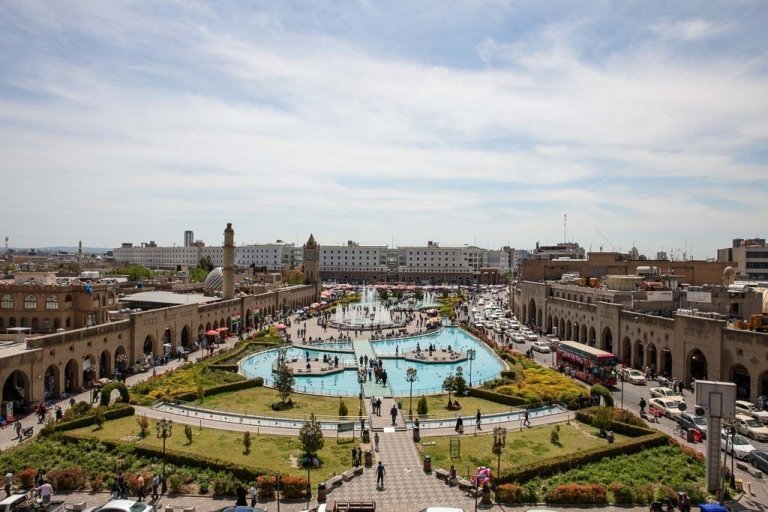
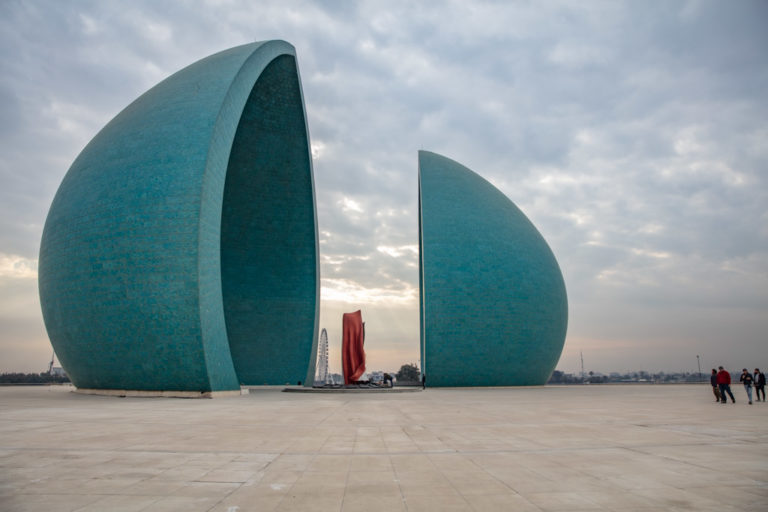
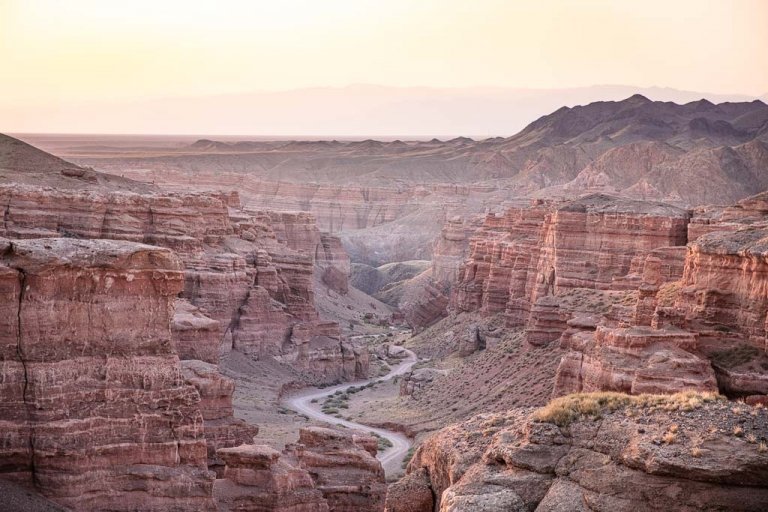
I heard there are some rock tables inside the temple, do you know where I could find a picture of them?
Thanks
I don’t have any unfortunately and I am not aware of any photos online in existence.
Debit cards will work in ATMs and they’re scattered all over Tashkent, so shouldn’t be a problem. For restaurants, more expensive and high end places will have a card reader typically so can use credit/debit at them. Smaller and cheaper restaurants will typically take only cash.
Hi Nicki,
I found your blog by chance as I was looking for places to visit, and to stay at, in Kurdistan. It is a lot of good information so thank you! I was intrigued by some of the visits you did in Iraq such as Lalish temple or Alqosh which I believe are situated outside of Iraqi Kurdistan, in Federal Iraqi territory (Ninewa governorate). Did you need a Federal Iraq visa to cross the KRI/Ninewa checkpoints? Was it simply not controlled? Did they let you pass without a visa, maybe with the help of a hired driver? Thank you for the insights!
Sacha
Hi Sacha,
I visited both Alqosh and Lalish on the same day and had hired a driver. I did not have to have a Federal Iraq visa to visit either. We did have to pass through KRG checkpoints along the way but they were the same as others in the Kurdish region (sometimes they wanted to see passports and sometimes they waved us through). I know others have visited both via rental car and hitchhiking, and have had no problems. Hope this helps!